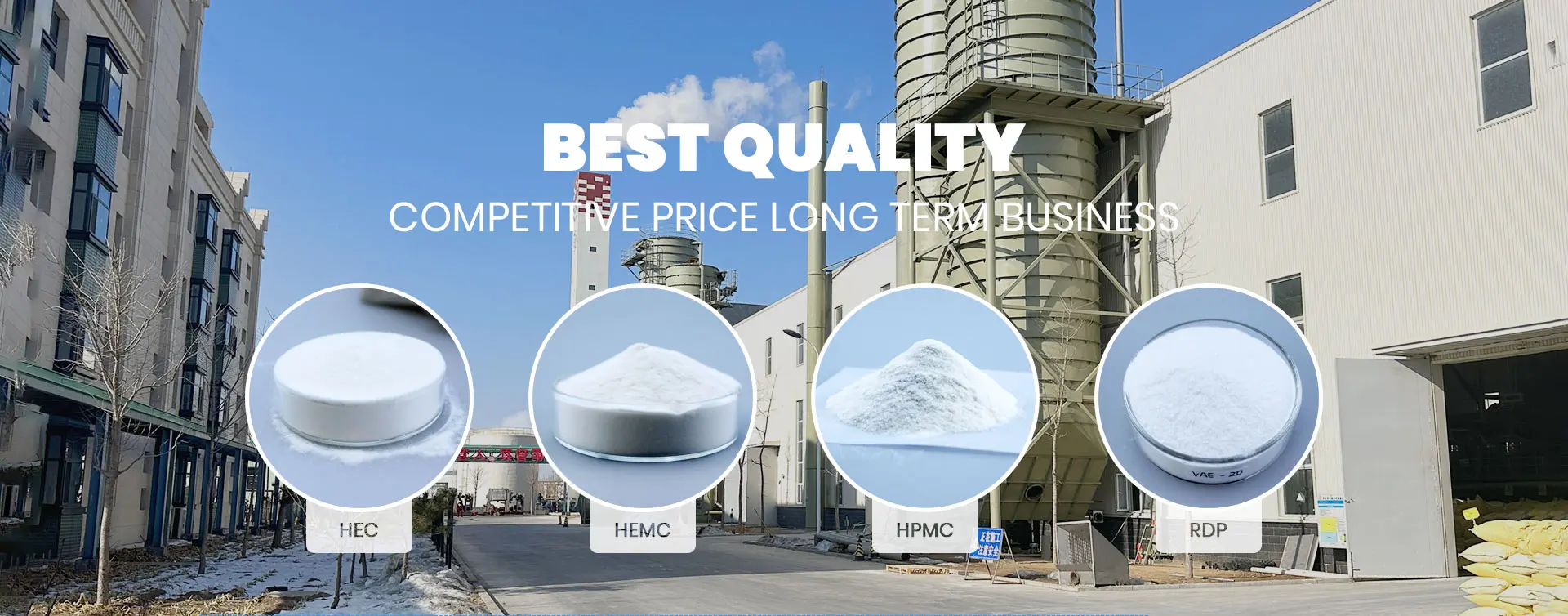
11月 . 15, 2024 05:09 Back to list
hydroxyethyl cellulose for paint
Hydroxyethyl Cellulose in Paint Formulations Enhancing Performance and Aesthetics
Hydroxyethyl cellulose (HEC) is a non-ionic, water-soluble polymer derived from cellulose, widely used in various industries, with a significant presence in the paint and coatings sector. With its unique properties, HEC has become an essential additive that not only improves the performance of paints but also contributes to their aesthetic appeal. This article will explore the role of HEC in paint formulations, its benefits, and the key considerations for its use.
What is Hydroxyethyl Cellulose?
HEC is synthesized by the etherification of cellulose, a natural polymer obtained from plant cell walls. The modification involves the introduction of hydroxyethyl groups into the cellulose structure, which enhances its solubility in water and provides it with thickening, stabilizing, and emulsifying properties. As a result, HEC finds extensive application in water-based paints and coatings, where it plays a vital role in achieving desired viscosity and performance.
Benefits of Using HEC in Paints
1. Thickening Agent One of the most notable properties of HEC is its ability to increase the viscosity of paint formulations. This thickening effect is crucial for achieving the right consistency, preventing the settling of pigments and fillers, and ensuring that the paint applies uniformly. A stable viscosity allows for smoother application and improved leveling properties, which is essential for achieving professional-quality finishes.
2. Improved Open Time HEC helps to extend the open time of paints, allowing painters ample time to work with the product before it dries. This extended working period is particularly beneficial in various weather conditions and for complex projects where precision is required.
3. Enhanced Stability Paints formulated with HEC exhibit improved stability by preventing the separation of solid components during storage. This stability leads to prolonged shelf life, ensuring that the product retains its performance characteristics over time.
hydroxyethyl cellulose for paint

4. Water Retention HEC contributes to the water retention capacity of paint formulations, which helps in preventing early film formation and ensures better adhesion to substrates. This property is especially important in exterior paints, where moisture can compromise the durability of the coating.
5. Film Formation and Aesthetics The addition of HEC not only contributes to the mechanical stability of the paint but also enhances the film formation upon drying. This results in a smooth, glossy finish that is aesthetically pleasing and resistant to dirt and stains.
6. Eco-Friendliness As a plant-derived polymer, HEC is considered an environmentally friendly option compared to synthetic thickening agents. Its use in water-based paints minimizes the release of volatile organic compounds (VOCs), making it a safer choice for both applicators and end-users.
Considerations for Use
While HEC offers numerous benefits, there are considerations to keep in mind during formulation. The choice of HEC grade, based on viscosity and molecular weight, should align with the specific application requirements. Additionally, the interaction of HEC with other components in the formulation, such as pigments, surfactants, and biocides, must be evaluated to avoid potential synergies or incompatibilities that could affect performance.
The dosage of HEC is another critical factor. An appropriate concentration must be determined to achieve optimal viscosity without negatively impacting other properties. Typically, HEC concentrations range from 0.5% to 2% by weight, depending on the desired characteristics of the final product.
Conclusion
Hydroxyethyl cellulose is an invaluable ingredient in modern paint formulations, offering a wide range of benefits that enhance both performance and appearance. Its versatility as a thickening agent, stabilizer, and emulsifier makes it a staple in the industry, contributing to the longevity and quality of paint products. As the demand for sustainable and high-performance coatings continues to grow, HEC stands out as an eco-friendly solution that meets the needs of manufacturers and consumers alike. By leveraging the properties of HEC, the paint industry can continue to innovate and provide superior products that meet the challenges of contemporary applications.
-
Unlocking the Benefits of HPMC Products: A Gateway to Versatile Applications
NewsAug.07,2025
-
Unleashing the Potential of HPMC Ashland: A Comprehensive Look
NewsAug.07,2025
-
Tile Bonding Cellulose: The Key to Superior Adhesion and Durability
NewsAug.07,2025
-
Hydroxypropyl Methylcellulose Powder: The Versatile Component in Modern Pharmaceuticals
NewsAug.07,2025
-
Hydroxyethyl Cellulose: The Versatile Solution for Various Industries
NewsAug.07,2025
-
Hydroxyethyl Cellulose (HEC): The Versatile Polymer for Various Applications
NewsAug.07,2025







